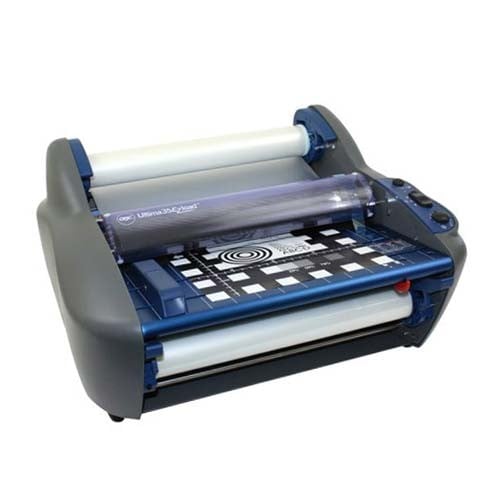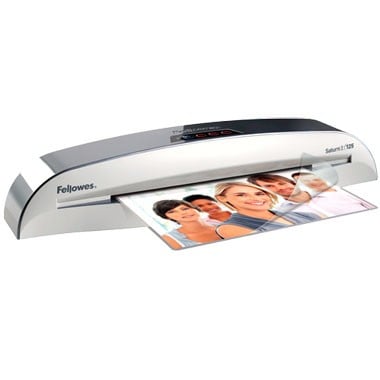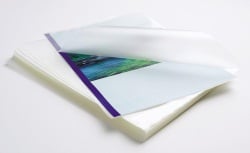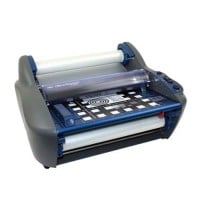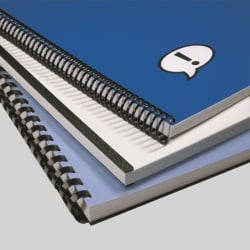MyBinding Knowledge Base
- Binding (248 Article)
- General Binding (42)
- Plastic Comb Binding (57)
- Fastback Binding (59)
- Perfect Binding (2)
- Modular Punching (8)
- Zipbind (3)
- Twin Loop Wire (13)
- Coil Binding (22)
- Thermal Binding (14)
- Strip Binding (1)
- VeloBind (4)
- Binding Covers (14)
- Proclick Binding (10)
- SureBind (4)
- Screw Post (2)
- Hole Punches (2)
- Staplers (4)
- Komtrak Insprial Binding (2)
- Paper (1)
- Rhin-O-Tuff (5)
- Binding Machines Comparison (17)
- Laminating (109 Article)
- General Laminating (26)
- Roll Lamination (16)
- Pouch Lamination (36)
- Pouch Board Laminator (3)
- School Laminator (3)
- Foil Laminating (3)
- Royal Sovereign Laminators (10)
- Laminators Comparison (3)
- Boards (11 Article)
- Bulletin Boards (3)
- Whiteboards (5)
- Chalkboards (1)
- Paper Shredders (44 Article)
- General Shredding (35)
- Industrial Shredders (1)
- Cross-Cut Shredders (2)
- Cardboard Shredders (1)
- Multimedia Shredders (1)
- Personal Shredders (1)
- High Security Shredders (2)
- Ring Binders (9 Article)
- Specialty Binders (2)
- Reinforced Paper (1)
- Health Care Punched Paper (1)
- Perforated Paper (2)
- View Binders (1)
- Index Tabs (9 Article)
- Index Tab Dividers (2)
- Copier Tabs (4)
- Pocket Folders (1)
- Custom Index Tabs (1)
- Pre-Printed Index Tabs (1)
- Paper Handling (37 Article)
- Paper Folders (9)
- Paper Joggers (2)
- Guillotine Cutters (4)
- Rotary Trimmer (3)
- Electronic Paper Cutters (1)
- Corner Rounders (2)
- Paper Scoring (2)
- Paper Drill (2)
- Booklet Makers (3)
- Stack Cutters (1)
- Paper Handling Equipment Comparison (5)
- ID Accessories (12 Article)
- Badge Holder (1)
- Lanyards (8)
- Badge Reels (1)
receive
$5off
*On order $25 or more.
How do I use my Paper Folder?
Have you ever wondered how your paper folding machine works? Most users figure that you simply put the sheets into the machine press a button and they come out the other side neatly folded. However, things are not always that simple. At each step of the folding process it is possible for things to go wrong. This article will help you to understand the steps that your folder goes through to handle your documents. It will also address some of the common problems that can occur at each step.
The first step to folding your documents is to place them into the machine. You simply place a stack of paper into the feed tray of the machine and make sure that the stack of sheets is square and jogged together. You will want to make sure that the sheets are being fed into the machine squarely. If the sheets are even slightly skewed, the folds produced by the machine may be crooked. If you are using sheets that have been printed by a digital device, you may also want to run them through a jogger first to ensure that the static of the sheets is eliminated (a can of static eliminator may also help if you are having static problems).
After you have placed your sheets into the machine you will be ready to get started. Once you have pressed the button to activate the folding machine a rubber roller will pick up the sheets. If you sheets are too glossy or made from heavy card stocks this roller may have difficulty picking them up. For those types of applications, air feed folders are available. Air feed folders use bursts of compressed air and air powered suction cups to pick up individual sheets and feed them into the machine. However, these folders tend to be extremely expensive and can be somewhat difficult to configure and to maintain.
Once your sheets have been grabbed by the pickup feed, they travel on towards the machine’s fold rollers which ensure the paper stays on the straight and narrow. Like the pickup feed rollers, these ones consist of rubber, although they’re smaller than the other rollers and thus, can wear out as time goes by due to the accumulation of paper dust and other debris. Luckily, it’s easy to clean and maintain these rollers: all you do is wipe the rollers down with water and mild soap, and things should be good again. (A caveat: be sure to unplug the machine before cleaning the rollers unless you want to get electrocuted.)
Now that your paper has been through the rollers, it will hit the machine’s fold plates. This is where the paper is actually folded. After it’s fed into the plates, the paper will hit a barrier known as a paper stop and it will get turned around, which folds the paper. A lot of the more expensive paper folders have automated fold plates, but if your machine is a lower-end model, chances are you’ll have the adjust the paper stop yourself. This isn’t too difficult to do, but it’s important to make sure the plate is square…unless you want your documents to be folded crooked.
Now, there’s one more place your paper needs to go: the output tray. After your documents have been folded, this is their final destination. There are a couple of different types of output trays. The first is a bin-style tray. These trays don’t take up very much room (a plus if you’re working in a small space), but you might find that your papers get mashed together in the bin if you’re folding a lot of pieces or letters. Another type of tray is the conveyor belt, which is much simpler to use, but they take up a fair amount of space, which is kind of lame if you don’t have much room in which to work.
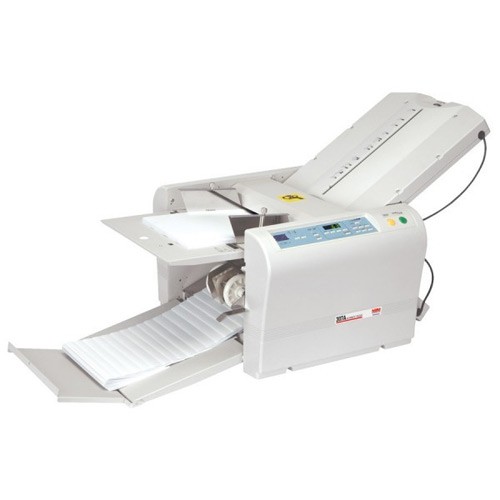
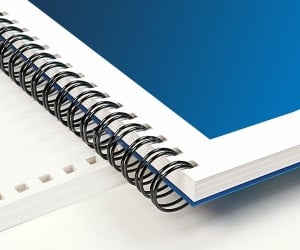
< Over the years, a number of customers have asked me whether they can use twin loop wire with their plastic comb binding machine. These customers often don’t want to have to buy a brand new machine but like the look and feel of twin loop wire binding. However, the answer to their question isn’t as simple as it seems. You see, they actually do make twin loop wire that is designed to work with the plastic comb binding hole pattern. With that said, if you want to use these wires you are going to need a way to close the wires. What is Spiral-O Wire? Let me explain a little bit more…There is a product that we carry called Spiral-O Wire. This wire has 19 loops and is designed to work with the hole pattern from a plastic comb binding machine. Spiral-O Wire is sometimes called Wire Combs or Ibico Wire and was originally designed for use with some of the older Ibico binding machines. A number of the older Ibico plastic comb binding machines also included a twin loop wire closer on the front of them to allow users to use both plastic combs and wire. This 19 loop wire was designed for this purpose. What Equipment is Needed? As the Ibico brand has been phased out by GBC and all of the older Ibico plastic binding machines have been replaced with new models, they no longer have the twin loop wire closer on the front of them. This presents a problem in trying to use these spiral-o wires since you can’t use the wires without a way to close them. One of the only options left is to purchase a Twin Loop wire closer. However, since twin loop wire closers are not incredibly cheap this option usually only appeals to users who have larger electric plastic comb binding machines. Otherwise, it is often advisable to simply buy a low end 3:1 pitch twin loop wire binding machine (the supplies are cheaper). This being said, if you have one of the older Ibico binding machines that has a wire closer included you are in luck. The Spiral-O binding supplies that we carry will work perfectly with your machine and you will be able to use both plastic combs and wire depending on your needs. These Spiral-O binding supplies are available in Black, Silver, White, Blue and Red and in sizes up to 1″ in diameter. If you aren’t sure what type of wire binding supplies that you need to work with your machine simply give us a call. Our trained sales representatives will be glad to help you find the correct supplies for use with your machine.(Read More)
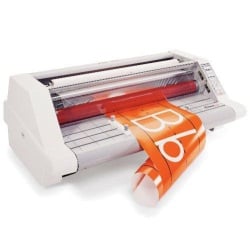

Loading...


